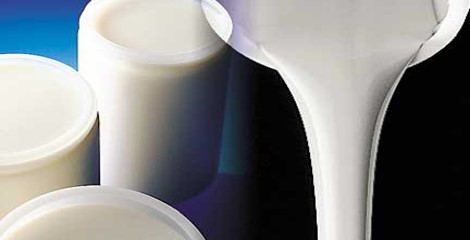Balancing Water-Based Adhesives and Viscosity

Why Viscosity Changes in Water-Based Adhesives
- Microbes
- Bacteria and/or mold can grow in water-based adhesives, eating the polymer and breaking down the glue. This will cause the viscosity to decrease over time and also creates a foul odor.
- Settling/Separation
- This is especially an issue with low viscosity water-based adhesives. Over time, the solid ingredients in the adhesive are pulled down by gravity to the bottom of the container, leaving a layer of solid material on the bottom, and a watery layer on top. This is the reason latex paints are always mixed before use.
- Chemical Reaction/Crosslinking
- In certain adhesives, the components can react with each other and over time resulting in glue that is thickened or gelled, with a much higher viscosity.
- Drying Out
- If the container is not sealed well, or is left in the glue pot for a long time, the water in the adhesive can evaporate and escape, resulting in increased viscosity.
- Air/Foam
- During use, if the adhesive is re-circulated or mixed at a high rate, air/foam can become incorporated into the glue, causing an increase in viscosity.
- Shear Thinning
- Some adhesives will tend to show a decrease in viscosity when subjected to shear forces. This is a rheological phenomenon that occurs while the glue is being sheared (by pumping or metering, for example) during the application process.
- Freezing
- Because water freezes when exposed to temperatures below 32F, water-based adhesives can be frozen. This can cause the adhesive to congeal and/or separate.
We are here to help with any of your technical issues. Contact us 24/7/365 at 800-419-4583.












